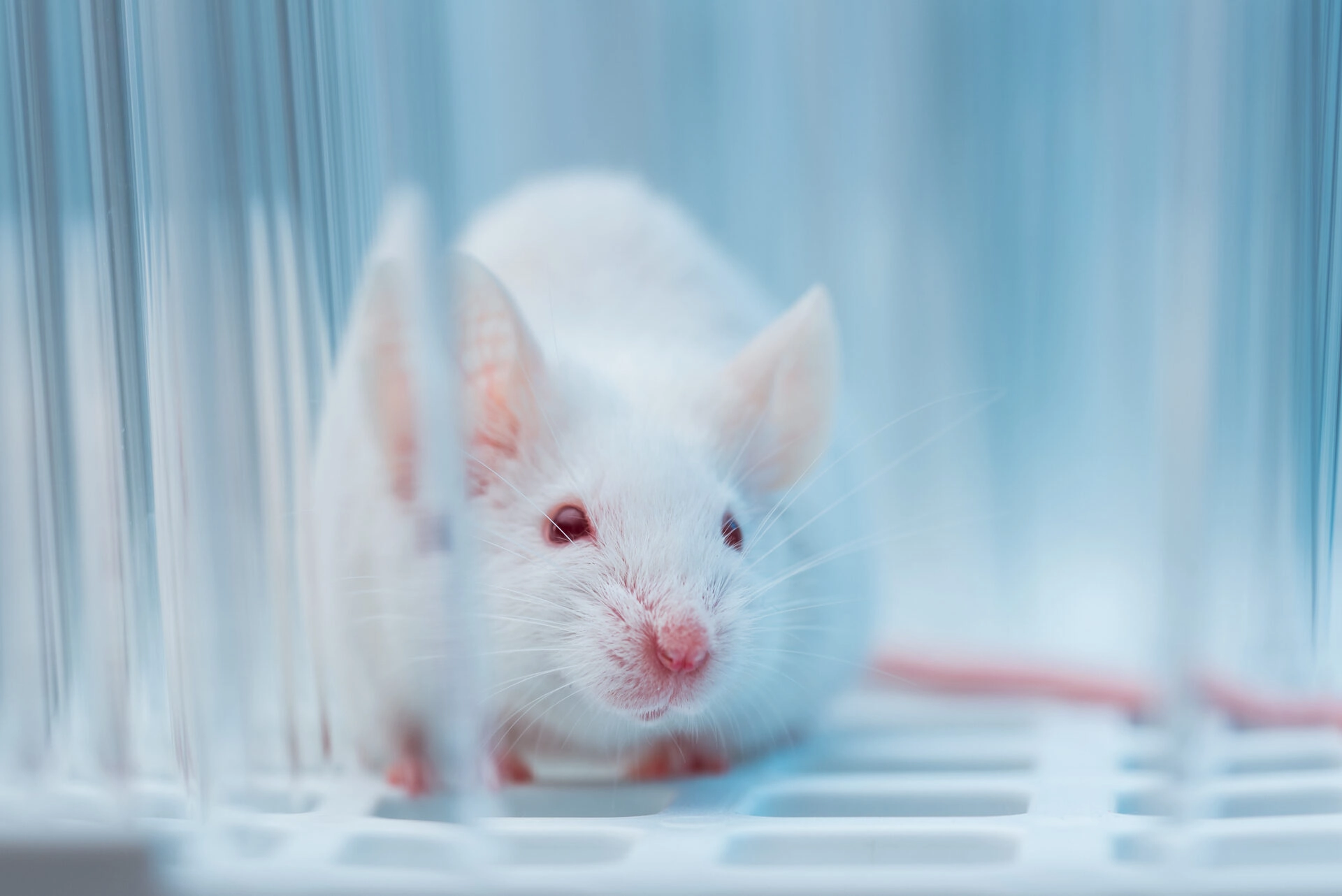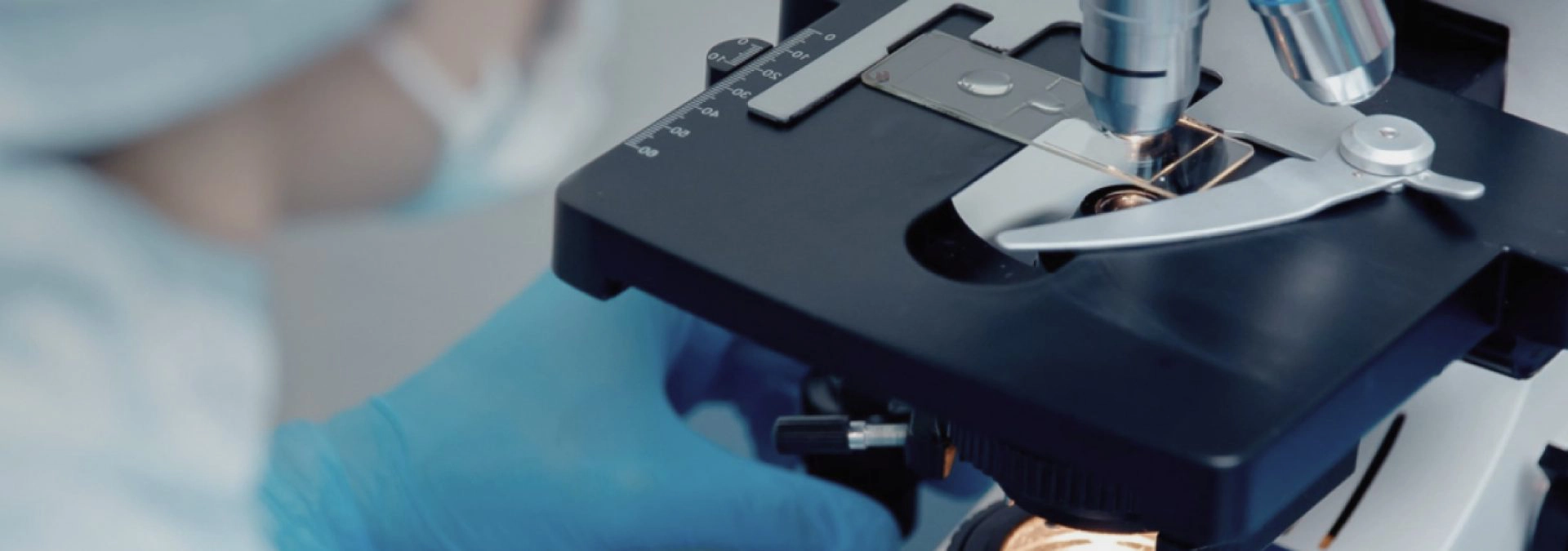
Syngeneic Tumor Mouse Models - Immuno-oncology models
Mouse Tumor Engrafted in Immunocompetent Mouse Models
Contact usSyngeneic tumor models, involving mouse-derived tumor cells implanted into immunocompetent mice, provide valuable insights into tumor growth and immune system interactions within an intact murine immune environment.
At TransCure bioServices, we apply our proven standards of scientific rigor, flexibility, and transparency to these conventional models. Leveraging our extensive expertise in sophisticated humanized models, we ensure that syngeneic studies are conducted with the same commitment to high-quality data, adaptive study designs, and clear, open communication.
Main characteristics
-
B16F10 Melanoma Model in C57BL/6 Mice
The B16F10 melanoma model, established by implanting mouse melanoma cells subcutaneously in immunocompetent C57BL/6 mice, is widely used for evaluating anti-tumor efficacy and immune responses. This syngeneic tumor model facilitates assessment of tumor growth dynamics by regular measurement of tumor volume using calipers. Additionally, tumors can be collected and dissociated at study completion for detailed profiling of tumor-infiltrating lymphocytes (TILs) by flow cytometry.
-
CT26 Colon Carcinoma Model in BALB/c Mice
The CT26 model, generated by subcutaneous implantation of murine colon carcinoma cells into immunocompetent BALB/c mice, is a well-established syngeneic tumor model frequently employed for assessing therapeutic efficacy and immune-mediated tumor responses. Tumor growth is monitored regularly through caliper measurements, enabling precise quantification of treatment effects on tumor progression. At study completion, tumors can be harvested, dissociated, and analyzed by flow cytometry to characterize mouse tumor-infiltrating lymphocytes (TILs).
-
MC38 Colon Adenocarcinoma Model in C57BL/6 Mice
The MC38 syngeneic tumor model involves subcutaneous implantation of murine colon adenocarcinoma cells into immunocompetent C57BL/6 mice. Tumor growth is regularly monitored via caliper measurements, providing precise tracking of tumor volume and therapeutic efficacy. At the conclusion of studies, tumors can be collected and dissociated for flow cytometry analysis of murine tumor-infiltrating lymphocytes (TILs).
-
Tailored Syngeneic Tumor Models
We can rapidly establish new tumor models and comprehensively characterize both their growth dynamics and the infiltration profile of murine immune cells within. Do not hesitate to contact us.
Applications
The right mouse model for your research experimentation
-
Conventional Mouse Model
Run robust and cost-effective preclinical studies in C57BL/6 or BALB/c mice. Ideal for early-stage research in oncology and inflammation offering reliable results within a functional murine immune system.
See the mouse model
Contact us to have more information about this mouse model
Contact usKnow everything about the syngeneic tumor model
-
How many mice do you recommend per arm?
These models are known for their inherent variability; therefore, we recommend using a minimum of 10 mice per group to ensure sufficient statistical power for detecting significant tumor growth reduction (TGR). This group size increases data robustness and improves the reliability of therapeutic efficacy assessments. -
What is the maximum tumor volume (humane endpoint)?
In compliance with ethical standards and animal welfare regulations, the maximum allowable tumor volume is 1,500 mm³. Animals are closely monitored throughout the study, and humane endpoints are strictly applied to ensure animal well-being. If signs of discomfort or rapid tumor progression are observed, animals may be euthanized earlier in accordance with approved protocols.
You have more questions?
If you have further questions or would like to discuss how our Syngeneic Tumor Models can be tailored to your specific research needs, our scientific team is here to help. We’re committed to providing clear, responsive support and working closely with you to design studies that align with your objectives. Don’t hesitate to reach out - we’re always happy to share our expertise and explore solutions together.
Contact us